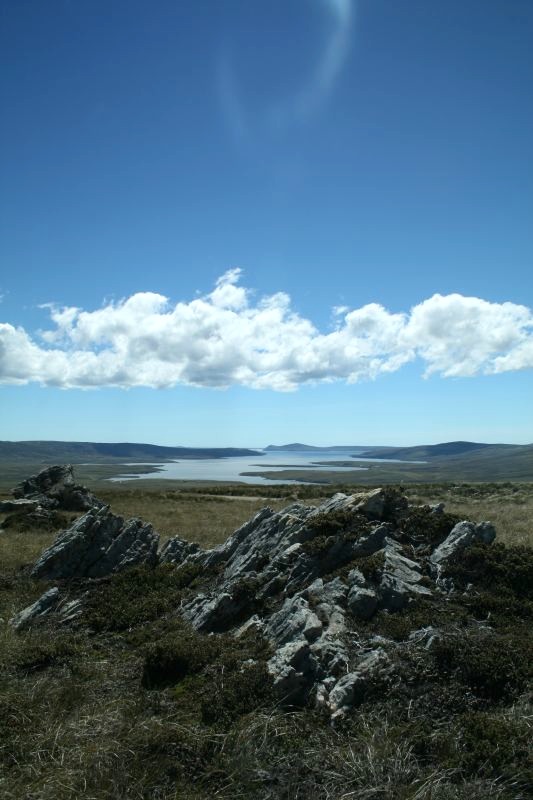San Carlos Waters
A large number of ships were involved in the landings at San Carlos Bay at the start of the Falklands War, all of which were vulnerable to being attacked from the air. It was down to the British Task Force to decide how best to deter this threat.
When the ships arrived at San Carlos Bay as the Falklands War was beginning, the British Task Force had to work out how best to defend them from aerial attacks. They were extremely vulnerable to low flying enemy planes, a situation the officers and men on board the ships, which included the Canberra, knew only too well. “It’s going to be a day to remember,” the Canberra’s senior officer said about the landing day.
The men were tasked with readying Rapier missile sites around San Carlos Bay, which would help to provide protection from the men onshore as well as offering the ships additional cover. Twelve Rapier systems were suggested by Brigadier Thompson, in order to provide a maximum field of fire. However, the travel had not been good for the systems and they took a long time to get ready, meaning that the fleet of ships was forced to live without protection for far longer than had been planned.

The Sea Dart missile, which was located on board the ships, acted well in defence against planes that were flying at high altitude, but worked less well for low flying attacks. The Sea Wolf system worked well to ward off a low level attack, but only protected the ships that had fired the missile, rather than the entire fleet, which was what was needed. As a result of this, many ships were either damaged or lost, including HMS Sheffield on 4 May and HMS Ardent on 21 May. Bombs that failed to explode hit ships including Antrim, HMS Glasgow, Brilliant and Broadsword and HMS Antelope was lost when it was hit by a time-delayed bomb on 23 May. HMS Coventry was lost on 25 May, while the Atlantic Conveyor sank after being hit by an Exocet missile.
Many ships were hit by bombs that failed to explode, and it was found that the reason behind this was that the fuses on the bombs had been arranged at a certain height - 150 to 200 meters. The Argentine planes flew at a lower height – around 50 metres - than the one at which the bomb fuses had been set, meaning that the bombs reached their target ships before it had been set up to explode. The Argentine Air Force had told its pilots to attack the British warships rather than the assault ships - including Fearless and Intrepid and the supply ships. The loss of a supply ship would have been very serious as the land force would have had to have coped without their desperately needed supplies.
Indeed, Major-General Moore said:
“I would say that where the grace of God comes in, is that on the first days landing in San Carlos the pilots went for the escorts and not the amphibious ships, for that might have stopped us altogether.”
See also: The Landings at San Carlos Bay
MLA Citation/Reference
"San Carlos Waters". HistoryLearning.com. 2026. Web.
